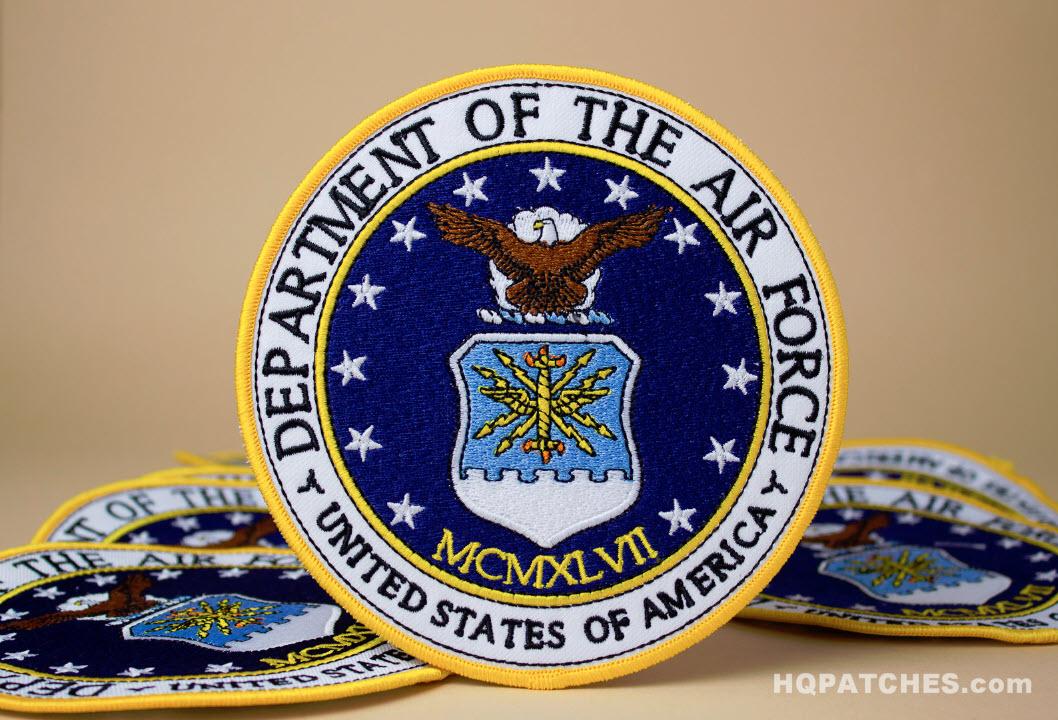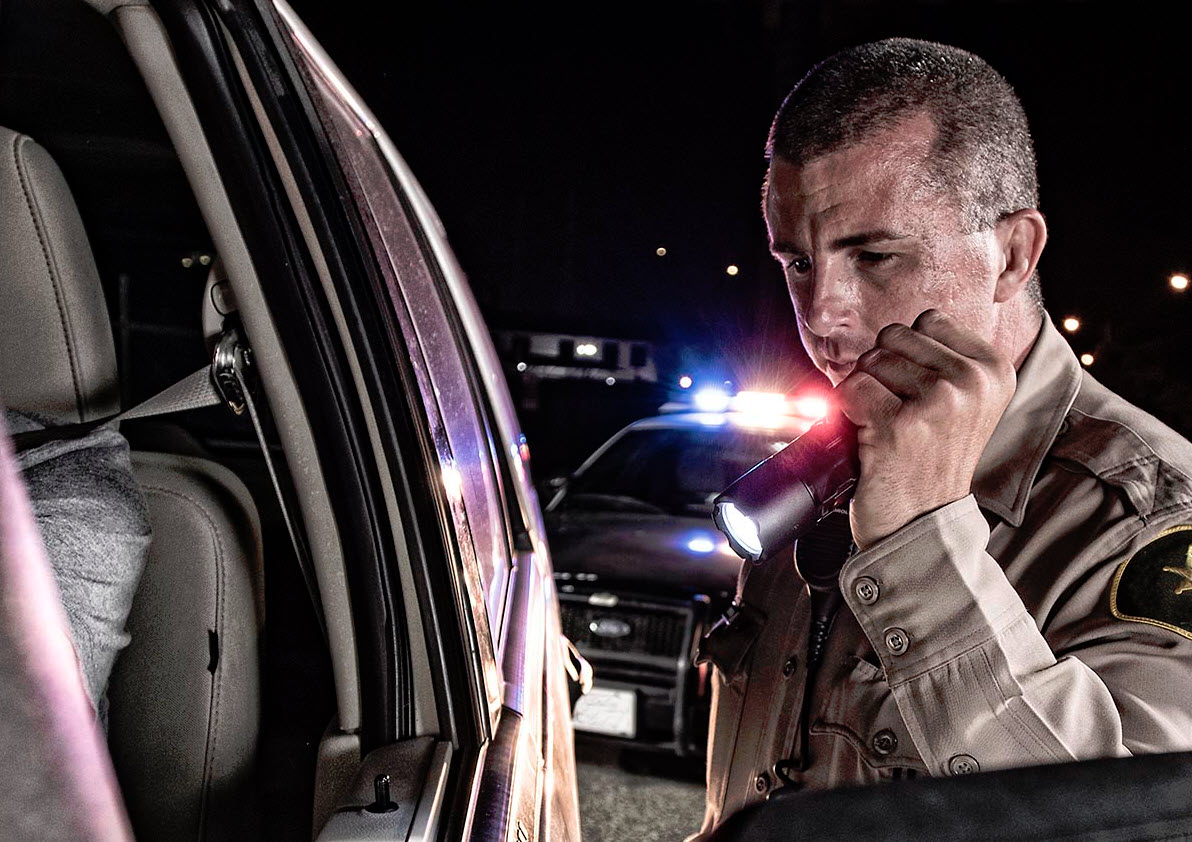
The strobe flashlight’s purpose is self-defense, especially for law enforcement. They use the strobe flashlight on possible suspects who aren’t lethally armed but still pose a threat. The strobe light will disorient the person it is aimed at and affects their ability to focus. The suspect will avert the eyes away from the flashlight, giving the law enforcement time to act on it.
Page Contents
What is a strobe light?
The strobe light is the light that flashes quickly and creates the impression of staggering or freezing motion. Developed after World War II, strobe lights have been used initially for photography. In time, people have started to use strobe light in entertainment, mostly in stage shows. Once LED technology was perfected, strobes have been used in tactical flashlights for self-defense.
What benefits does the strobe flashlight bring?
Due to its unique appearance, the strobe light can draw the attention of other law enforcement agents in police cars or helicopters that aren’t nearby.
The strobe effect has limitations as it doesn’t work in bright daylight. Therefore, you can use it only in darkened environments and at night. However, the strobe is a highly effective function of the tactical flashlight. Since tactical flashlights come with several functions, the strobe represents one of the many for tactical use. Standard light for shaded areas and bright/blinding light to blind a suspect temporarily are also characteristic of tactical flashlights.
Uses of strobe lights outside of Law Enforcement
It’s not only Law Enforcement who can use the strobe; other professionals can use it as well:
- Civilians for self-defense to disorient an attacker
- Military as a non-lethal method when dealing with an enemy
- Hunters, hikers, and campers to attract attention at night or deter dangerous animals.
Are strobe lights effective?
Strobe lights are undoubtedly efficient, but only if the person using them takes the best out of the strobe lights’ advantage. The strobe lights will make the eye close instantly, the head will turn, hands will come up, and balance will be affected. The reaction is known as “Kodak Moment.”
Strobe lights can, in a specific situation, cause a seizure. However, only a tiny percentage of the population with epilepsy can develop such a reaction. The distance from the suspect can significantly affect the effect.
The strobe will alter the eye/brain image generation ability and an essential deficiency in making a precise picture of reality if the strobe light hits. Entertainment and haunted houses have been using the deploying concept for decades to affect our perception of what is truly happening.
Should you use a strobe light?
Ideally, you will want to use the strobe on a possible intruder or someone you felt was posing a risk for you or your family. The primary purpose when using a strobe is to disable and disarm the intruder. Once you’ve achieved the results, you still need to restrain them for safety concerns. If we balance risks and efficiency, we see that we can always rely on the strobe light of the tactical flashlight in life-threatening situations.
What is a puke light?
The puke light is a LED-based flashlight that gives very bright pulses of light that may cause vomiting. The puke light made the topic for a study funded by the Department of Homeland Security. The flashlight uses a range finder to identify the distance to the target/suspect’s eye so that you may adjust the energy of the light to a level that won’t generate permanent damage. Afterward, the tool will give rapid pulses of light from an array of highly bright light-emitting diodes (LEDs).
According to the professionals who came up with the idea, the flashes will affect the suspect in two different methods. The flashes will momentarily blind the attackers, similar to any other bright light. Additionally, the light will pulse and change both in color and duration, generating psychophysical effects. The effects may differ among people and vary from disorientation to vertigo, nausea, and vomiting. We should highlight that none of these effects last longer than several minutes.
Even if the professionals have been studied the effects for some time, it remains unclear why the changing light pulses generate them. For instance, helicopter pilots have crashed as they got disoriented by the flashes of sunlight coming through the chopper’s spinning blades.
Who uses puke flashlights?
The flashlight is a non-lethal weapon used by cops, border-security agents, and the National Guard. The device is part of a non-lethal weapon category and helps military personnel and law-enforcement control riots and crowds, both in hostage scenarios and anti-terrorist actions.
What are the cons of puke lights?
Just like anything else in life, the puke-inducing flashlight has few caveats. For example, the targeted person can quickly look away. Also, if the targeted person wears heavily tinted glasses, the flashlight becomes useless. The flashlight is created to be used on someone coming at you, not when someone is chasing you. Needless to say, the effects of the flashlight are less efficient during the day.
All in all, such devices are made to distract a suspect rather than making him abort the action. When the suspect is disoriented or distracted, the cop/military/law enforcement can focus on essential tasks such as aiming a weapon at someone, helping a victim, etc.
The flashlight is made with LEDs because they generate an eye-safe wavelength, which is difficult to obtain with a laser. Laser beams are focused and energetic and may cause irreparable damage to the eye. Even if the flashlight might cause vomit, it would still be safe for the eye as it features a range finder and adjusts the energy it gives the light.
Researchers have also tested various combinations of wavelengths and light intensities to see which have the most significant effect on people while remaining safe for the eyes.







